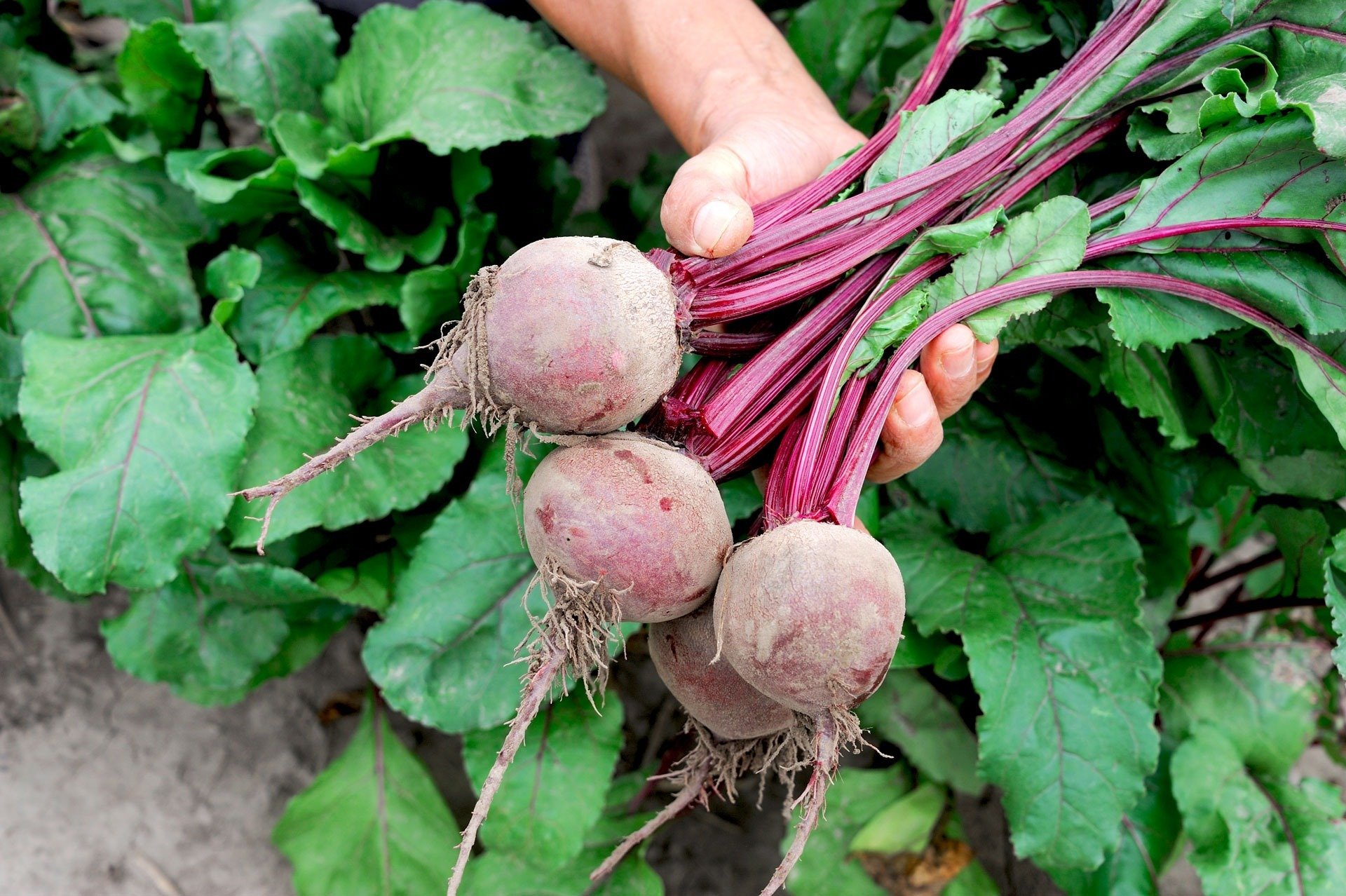Real Food Encyclopedia | Turnip
The origin of the turnip (Brassica rapa var. rapa) is a bit of a mystery. It likely once grew wild across Europe and Asia, and it was an important agricultural crop by the time of the Romans. In the first century BCE, Pliny the Elder regarded the turnip as one of the most important vegetables of his time.
But turnips have taken quite a tumble over the last two millennia, going from ancient favorite to cover crop, livestock feed and staple food of the poor (a cultural association that still lingers). While more common in Europe and Asia, these vegetables and their greens are often overlooked in the U.S., except for certain regional recipes (in the South, for example, turnip greens take their place alongside collards as a cultural icon). But with this mustard relative, peppery when raw and sweetly mellow when cooked, there’s a lot to love.
Did you know?
- The turnip is a “cruciferous” vegetable, a distinction it shares with cabbage, kale, broccoli, Brussels sprouts, cauliflower and other kinds of hearty produce. The word derives from Latin, referring to the “cross” formed by its four petals.
- Although we think of the turnip as a root vegetable, it’s technically the swollen base of the plant’s stem. Ancient turnips would have looked more like a carrot instead of the round variety that we know today, which is the result of centuries of breeding.
- Don’t confuse the turnip with the rutabaga (aka the swede or “Swedish turnip”). While similar, these vegetables are from different species.
- The Irish carved turnips, not pumpkins, for their jack-o’-lanterns. When they immigrated to America, they modified the tradition to use pumpkins, which were more readily available.
What to look for when buying turnips
While turnips are known for their classic two-tone color scheme — purple on the top, white on the bottom — they can come in other colors, from white-and-green to amber. Spring turnips, prized for their sweetness, are smaller and entirely white.
Turnips should be crisp and blemish-free; a soft or rubbery consistency is a sign of poor storage. Try to look for smaller turnips, as larger ones tend to be woody and bitter. If the tops are still attached, the greens should be bright and fresh.
Sustainability of turnips
Pesticides
Turnips are not grown commercially in large quantities in the U.S., so their environmental impact is minimal compared to that of, say, the potato. But conventional turnips can still be grown using pesticides. Luckily, turnips are an easy vegetable to source organically, being plentiful in farmers’ markets, especially in the early winter months.
Seasonality
Planted in the spring, the youngest turnips start showing up in the farmers’ market in the summer. Sweeter and milder than their larger counterparts, these baby turnips are perfect for eating raw — for example, tossed in salads as you would a radish — or roasting. November and December is prime season for the fully matured vegetable, and because they store well, they are bountiful into late winter, when not much else is growing.
Eating turnips
Storing
Turnips store very well, which is one of the reasons you see them long into the winter season. Once the green top is removed, the root will keep for a few months in a dry, sealed container.
Cooking
If you’re a CSA member or farmers’ market devotee, you’ve invariably come across a common winter dilemma: a bounty of turnips and a lack of ideas of what to do with them. Beyond the standard mashing and roasting, they can be pureed with celery root, braised with apples or made into soups — not to mention classic Southern-style turnip greens.
If you’re put off by the sometimes-bitter flavor of turnips, make sure you peel them before cooking. When you slice a turnip in half, you’ll notice a yellow line about a quarter of an inch into the root — peel beyond that line. Some also claim that boiling turnips with a potato will decrease the bitterness.
Preserving
Turnips’ peppery flavor makes them perfect for pickling. You can also freeze your winter haul: Start by peeling, slicing and blanching, then plunge them in an ice bath to stop the cooking process. You can then vacuum-seal or transfer them to sealable containers and store in the freezer for months.
Nutrition
Though they are mostly fiber and water, turnips are rich in Vitamin C: One cup, raw, contains 45 percent of the recommended daily intake. Turnips also have moderate amounts of potassium and Vitamin B6. But it’s the greens that pack a nutritional punch, with one cup providing all your daily Vitamin K and a hefty dose of Vitamins A and C, plus moderate amounts of calcium and manganese.
Top photo by Kaesler Media/Adobe Stock.


